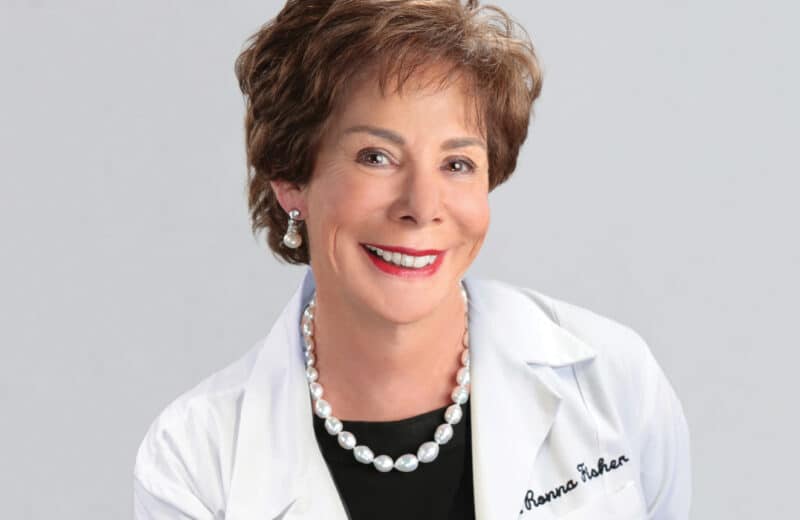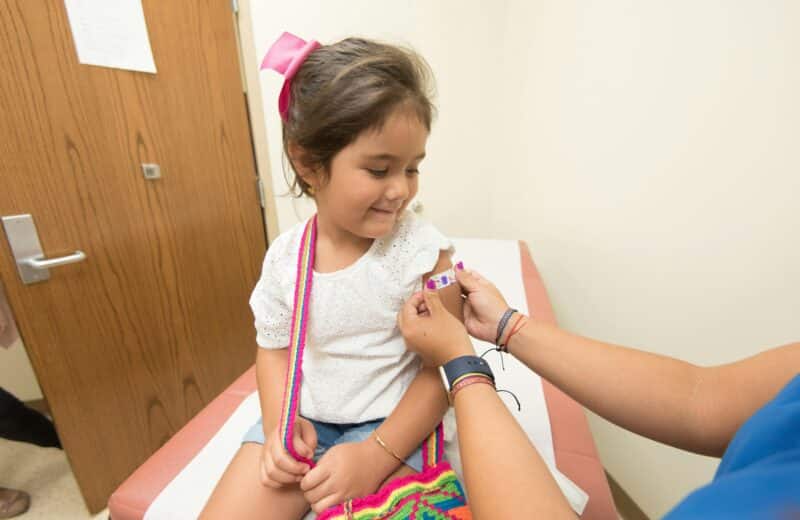A lack of representation in dermatology is impacting people of color
Whether for acne, hives, or psoriasis, millions of Americans require routine skin care annually. But not all skin is the same. Some dermatology issues vary depending on the skin you’re in.
Some skin conditions — such as acne scars, eczema, and keloids — occur more commonly in people of color. Or certain skin conditions may look different in darker skin and need to be treated differently.
However, many dermatologists are not trained in treating skin of color, nor do they have skin of color themselves, potentially impacting their patients’ care.
Lack of diversity
A study of general medicine textbooks, published in 2018 in Social Science & Medicine, showed minimal skin type diversity, with only 4.5% of images showing dark skin. And a study published in 2019 in Practical Dermatology found further discrepancies in the dermatology field. Of 739 dermatology residency applicants for 2018 and 2019, only 7% were Black, 6% Latino, and 7% were of multiple races.
These statistics speak to a lack of representation within the dermatology field, says Victoria Barbosa, MD, MPH, an associate professor of dermatology at the University of Chicago Medicine.
“Dermatology is currently the second least diverse field in medicine with regard to racial/ethnic background of our physicians. Our textbooks also historically have not been very inclusive of different skin types and skin tones,” she says, adding that people of color are impacted by the discrepancy. “[They] have sometimes expressed frustration in their quest to find a dermatologist who is able to meet their needs.”
Claude Henry, a recent college graduate from Chicago’s Bronzeville neighborhood, has encountered a multitude of skin conditions all his life. “I’ve dealt with eczema since I was a child. I’ve also had issues with dry scalp for many years. Dandruff, dry skin, various rashes in the face,” says Henry, who is Black, “I’ve experienced it all.”
Yet, many dermatologists are unfamiliar with how these issues look in dark skin, which impacts the care that people receive.
“It’s important for dermatologists to see people of all skin colors, as it builds knowledge and understanding so they can diagnose and treat conditions properly,” says Edidiong C.N. Kaminska, MD, who heads Kaminska Dermatology, located in Chicago’s North Center neighborhood.
“When you see a certain skin condition repeatedly, you will most likely recognize it,” she says. “If you only see specific skin problems in a single skin type, then you may only be familiar with conditions in that skin type.”
Barriers to access
In addition to diversity issues, many people face socioeconomic and geographic barriers in tackling their skin conditions.
When Henry moved to a rural area for college, for example, he resorted to self-treatment for his skin issues, as he was struggling financially as a student. But he experienced varying results. “I still haven’t found the right products that will consistently fight against dry scalp,” he says. He also notes that financial access to care is an issue, saying that he found it more cost-effective to try self-treatment than to visit a dermatologist.
If you only see specific skin problems in a single skin type, then you may only be familiar with conditions in that skin type.”
A research letter in the 2018 Journal of the American Academy of Dermatology showed that rural, poverty-stricken areas, along with high-minority populations, lacked adequate access to dermatologists. Less than 10% of dermatologists in the United States practice in rural areas, the researchers said. Some 88% of rural counties have zero dermatologists, and most counties with Black, Latino, and Native American majorities also have no dermatologists.
“I have had many skin-of-color patients travel across the country to come see me, because they live in a rural or remote area where a dermatologist has told them that they are not familiar with how to treat their skin or hair,” Kaminska says. “As our society changes, providers should become more aware and educate themselves on dermatologic manifestations in skin of color.”
“Dermatologists depend on visual cues to render a diagnosis, and skin tone can affect those visual clues,” Barbosa says. “This requires having training that is intentional about educating physicians on treating patients with tan, olive, and brown skin from different racial and ethnic backgrounds,” she says.
More action needed
In the past few years, there have been more discussions about representation and systemic racism in social, legal, and medical institutions. But many facets still need to be better addressed, including access to culturally competent care and people’s trust in the medical system and in medical research.
Physicians and other healthcare providers must be properly trained to recognize and treat people from diverse backgrounds, and diverse workforces need to reflect the people they serve, Barbosa says.
“I am encouraged that this discourse is taking place, but there is a lot of work that needs to happen to move us toward health equity as we try to dismantle systemic racism,” she says.
Kaminska encourages healthcare providers not accustomed to issues affecting skin of color — including skin care and hair care — to seek out opportunities to learn more. “Data shows cultural competence of providers may possibly improve clinician-patient relationships and improve health outcomes,” she says.
“Increasing dialogue and training in the field of skin-of-color dermatology could create an environment where more patients of color visit dermatologists, instead of using self-treatment, while not feeling marginalized in doing so,” Barbosa says.
“My hope,” she adds, “is for people of color to be able to access top-quality healthcare in a setting where they feel seen and respected by physicians and a healthcare team that they trust.”














